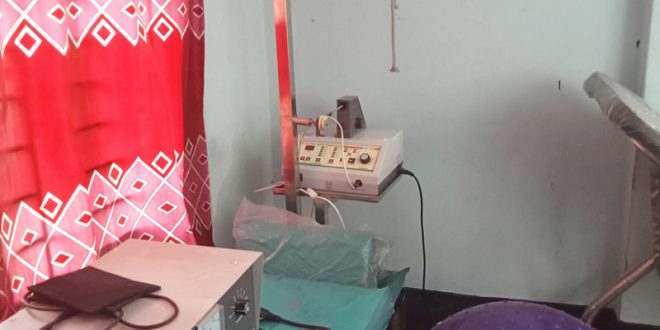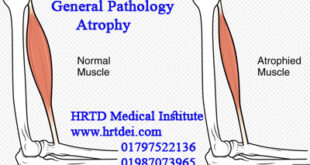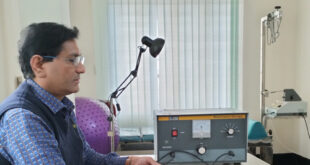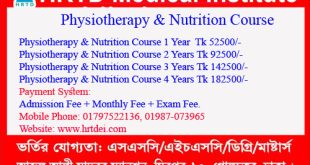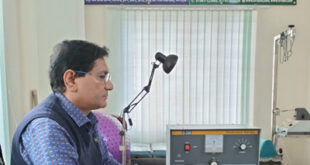Physiotherapy Center in Dhaka Details
Physiotherapy Center in Dhaka. Mobile No. 01987-073965, 01797-522136. HRTD Physiotherapy Center is the Best because we provide Physiotherapy Services by Govt. Registered BSc and MSc Physiotherapist. They provide the services carefully and safely to the patients. We apply Modern and Latest Technology Physiotherapy Machinery.
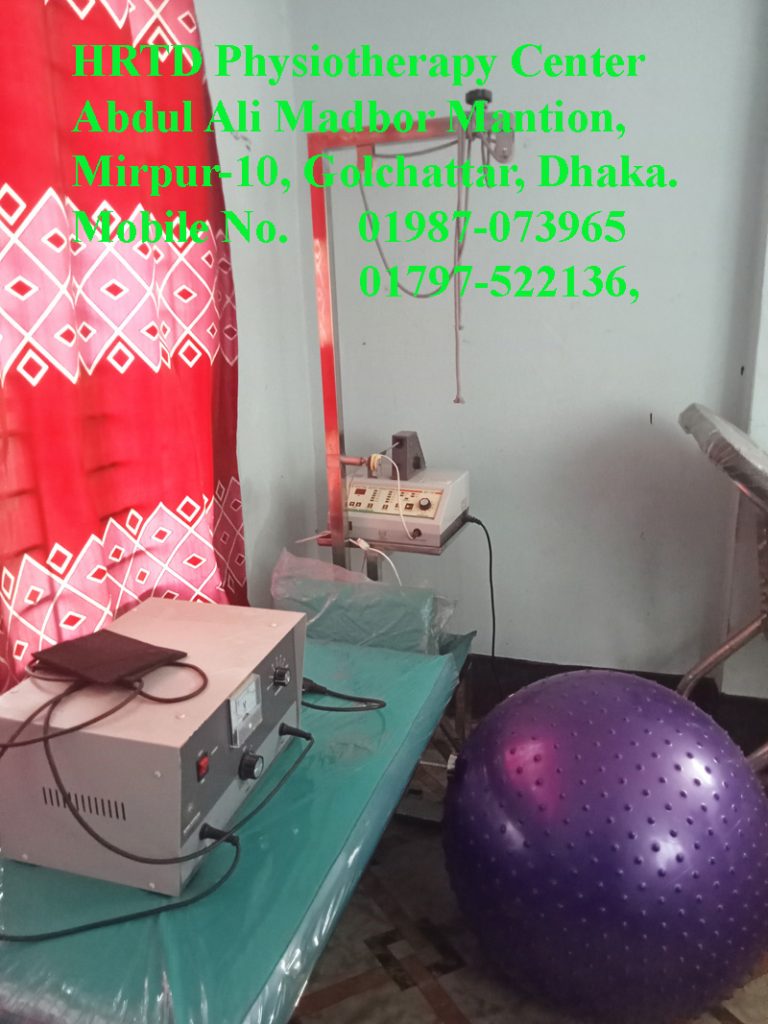
Physiotherapy Center in Dhaka Provides Therapies
Physiotherapy Center in Mirpur. Mobile No. 01987-073965, 01797-522136. HRTD Physiotherapy Center Provides Therapies for the treatment of Low Back Pain, Back Pain, Osteoarthritis, Rheumatoid Arthritis, Gout, Ankilosing Spondylitis, Paralysis, Partial Paralysis, Full Paralysis, Bels Palsy, Sciatica pain, Diabetic Complications like Diabetic Nephropathy, Diabetic Neuropathy, Diabetic Retinopathy, etc.
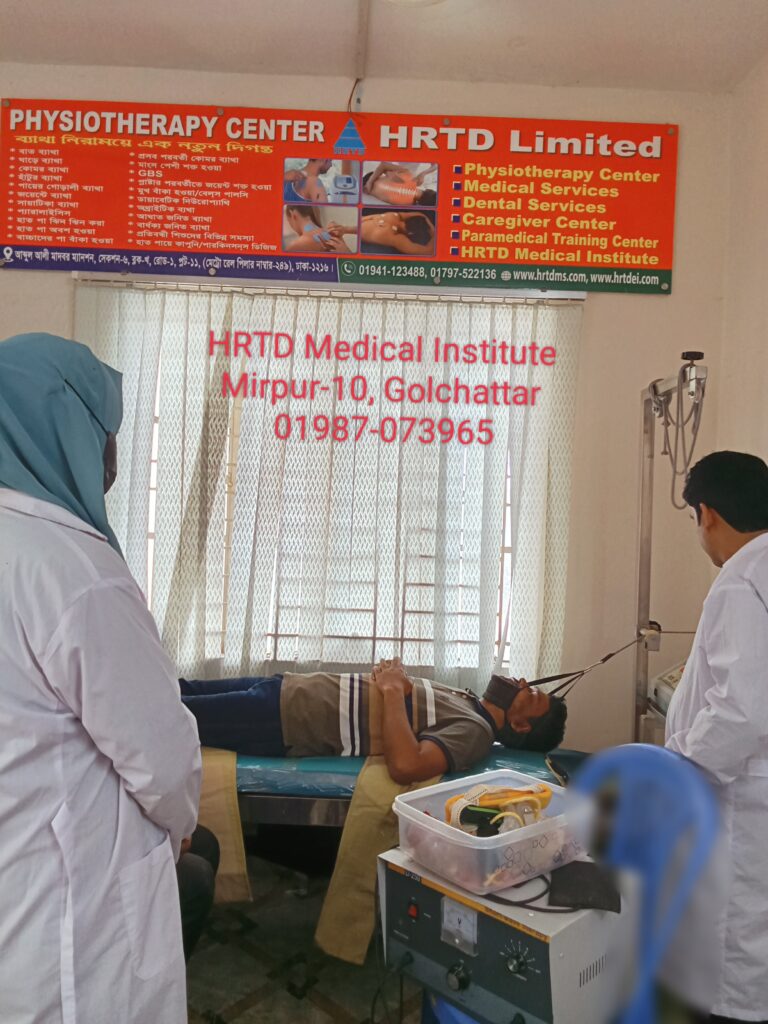
Best Physiotherapy Center in Mirpur Location
HRTD Physiotherapy Center in Mirpur. Mobile No. 01987-073965, 01797-522136. HRTD Physiotherapy Center is located near Mirpur-10, Golchattar, Dhaka. Our Address is Section-6, Block-Kha, Road-1, Plot-11. It is just near Metro Rail Piller No. 249.
Low Back Pain & Physiotherapy
Low back pain is the pain located at the lower part of the backbone. Bones of the lower part of the backbone are Lumber vertebra 1, Lumber vertebra 2, Lumber vertebra 3, Lumber vertebra 4, and Lumber vertebra 5. The causes of low back pain are Muscle or Ligament strain by Repeated heavy lifting, Bulging or ruptured disks, Arthritis, Osteoporosis, and Ankylosing spondylitis. Physiotherapy is the best treatment for low back pain management. We should remember here that painkiller drugs are very harmful to our kidneys.
Shoulder Pain Management in Physiotherapy Center in Dhaka
Shoulder pain is the pain of the shoulder joint due to some causes. Bones of the Shoulder joint are the Scapula, Clavicle, and Humerus. The scapula is called the Shoulder blade, the Clavicle is called the collar bone, and the Humerus is the upper arm bone. There are two joints in the Shoulder. Causes of shoulder pain are adhesive capsulitis of the Shoulder, Bursitis, Tendinopathy, and Shoulder Impingement Syndrome. The acromioclavicular joint and the glenohumeral joint. Physiotherapy is the best treatment for some specific causes of shoulder pain.
Osteoarthritis Management in Physiotherapy Center in Dhaka
Osteoarthritis (OA) is a degenerative joint disease characterized by the breakdown of cartilage, leading to pain, stiffness, and reduced mobility. Physiotherapy plays a crucial role in managing OA by focusing on pain reduction, improving function, and enhancing the quality of life.
Physiotherapist in Physiotherapy Center in Dhaka
A physiotherapist in a physiotherapy center is a healthcare professional specializing in diagnosing, treating, and preventing physical impairments, disabilities, and pain through non-invasive techniques such as exercise, manual therapy, and education. Physiotherapists help patients regain mobility, improve function, and enhance their quality of life.
Common Conditions Treated by Physiotherapists
- Musculoskeletal issues (back pain, arthritis, sports injuries)
- Neurological conditions (stroke, Parkinson’s, Bell’s palsy)
- Post-surgical rehabilitation (joint replacement, ligament repair)
- Pediatric conditions (cerebral palsy, developmental delays)
- Workplace injuries and posture-related problems
Bells Palsy Management in Physiotherapy Center in Dhaka
Bell’s palsy is an acute condition characterized by sudden, unilateral facial muscle weakness or paralysis due to inflammation of the facial nerve. Physiotherapy plays a vital role in managing Bell’s palsy, aiming to enhance facial muscle function, prevent complications, and expedite recovery.
Physiotherapy Interventions for Bell’s Palsy:
Facial Exercises:
- Strengthening Exercises: Targeted movements to improve muscle strength and coordination on the affected side.
- Facial Expression Training: Practicing specific expressions to regain control over facial movements.
Massage Therapy:
- Gentle massage techniques to stimulate blood flow, reduce muscle stiffness, and promote relaxation.
- Eye Care:
- Implementing protective measures, such as using lubricating eye drops and wearing an eye patch, to prevent dryness and injury due to incomplete eyelid closure.
- Education and Home Exercise Programs:
- Guidance on performing exercises correctly at home to maintain progress achieved during therapy sessions.
It’s important to note that while physiotherapy is beneficial, the effectiveness of specific interventions can vary among individuals. A personalized treatment plan, developed in consultation with a qualified physiotherapist, is essential for optimal recovery.
Calf Muscle Pain Management in Physiotherapy Center in Dhaka
Calf muscle pain, often resulting from strains or overuse, can significantly impact mobility and daily activities. Physiotherapy offers effective management strategies to alleviate pain, promote healing, and prevent future injuries.
Physiotherapy Interventions for Calf Muscle Pain:
- Initial Management:
- Rest: Avoid activities that exacerbate pain to prevent further muscle strain.
- Ice Application: Apply ice packs to the affected area for 15 to 20 minutes every 2 hours to reduce inflammation.
- Compression: Use an elastic bandage to compress the area, minimizing swelling.
- Elevation: Keep the leg elevated above heart level to facilitate fluid drainage and reduce swelling.
- Therapeutic Exercises:
- Gentle Stretching: Once acute pain subsides, initiate gentle calf stretches to restore flexibility.
- Strengthening Exercises: Progress to exercises like calf raises to enhance muscle strength and prevent re-injury.
- Manual Therapy:
- Massage Therapy: Techniques such as trigger point massage can alleviate muscle tightness and improve blood flow.
- Education and Prevention:
- Activity Modification: Guidance on proper techniques and gradual progression in activities to prevent overuse injuries.
- Footwear Assessment: Recommendations for appropriate footwear to provide adequate support during activities.
Sciatica Pain Management in Physiotherapy Center in Dhaka
Sciatica is characterized by pain radiating along the path of the sciatic nerve, which extends from the lower back through the hips and down each leg. Physiotherapy is a primary treatment approach for alleviating sciatica symptoms, aiming to reduce pain, improve mobility, and prevent future episodes.
Physiotherapy Interventions for Sciatica:
- Manual Therapy:
- Spinal Mobilization: Gentle movements to improve spinal function and reduce nerve irritation.
- Soft Tissue Mobilization: Techniques to alleviate muscle tension and enhance blood flow.
- Therapeutic Exercises:
- Strengthening Exercises: Targeting core and back muscles to provide better spinal support.
- Stretching Routines: Focusing on the hamstrings, piriformis, and lower back to improve flexibility and reduce pressure on the sciatic nerve.
- Posture Education:
- Training in proper body mechanics to minimize stress on the spine during daily activities.
- Pain Relief Modalities:
- Utilizing heat, cold therapy, or electrical stimulation to manage acute pain episodes
Gout Pain Management in Physiotherapy Center in Dhaka
Gout is a form of inflammatory arthritis characterized by sudden, severe episodes of pain, redness, and swelling in the joints, often affecting the big toe. It results from the accumulation of uric acid crystals within the joint, leading to intense inflammation. While medication and lifestyle modifications are primary treatments, physiotherapy plays a supportive role in managing gout by addressing pain, improving joint function, and preventing future flare-ups.
Physiotherapy Interventions for Gout Management:
Pain Management:
- Cryotherapy (Cold Therapy): Applying ice packs to the affected joint can help reduce inflammation and numb severe pain during acute gout attacks.
- Electrotherapy: Techniques such as Transcutaneous Electrical Nerve Stimulation (TENS) may be utilized to alleviate pain.
Joint Mobilization and Range of Motion Exercises:
- Gentle mobilization techniques and specific exercises can enhance joint flexibility, reduce stiffness, and promote overall joint health, aiding in gout management and mobility.
Strengthening Exercises:
- Targeted exercises to strengthen the muscles surrounding the affected joints can provide better support and reduce stress on the joints, potentially decreasing the frequency of gout attacks.
Education and Lifestyle Modification:
- Physiotherapists can provide guidance on lifestyle changes, including dietary recommendations and the importance of regular physical activity, to help manage uric acid levels and prevent future episodes.
 HRTD Medical Institute
HRTD Medical Institute



